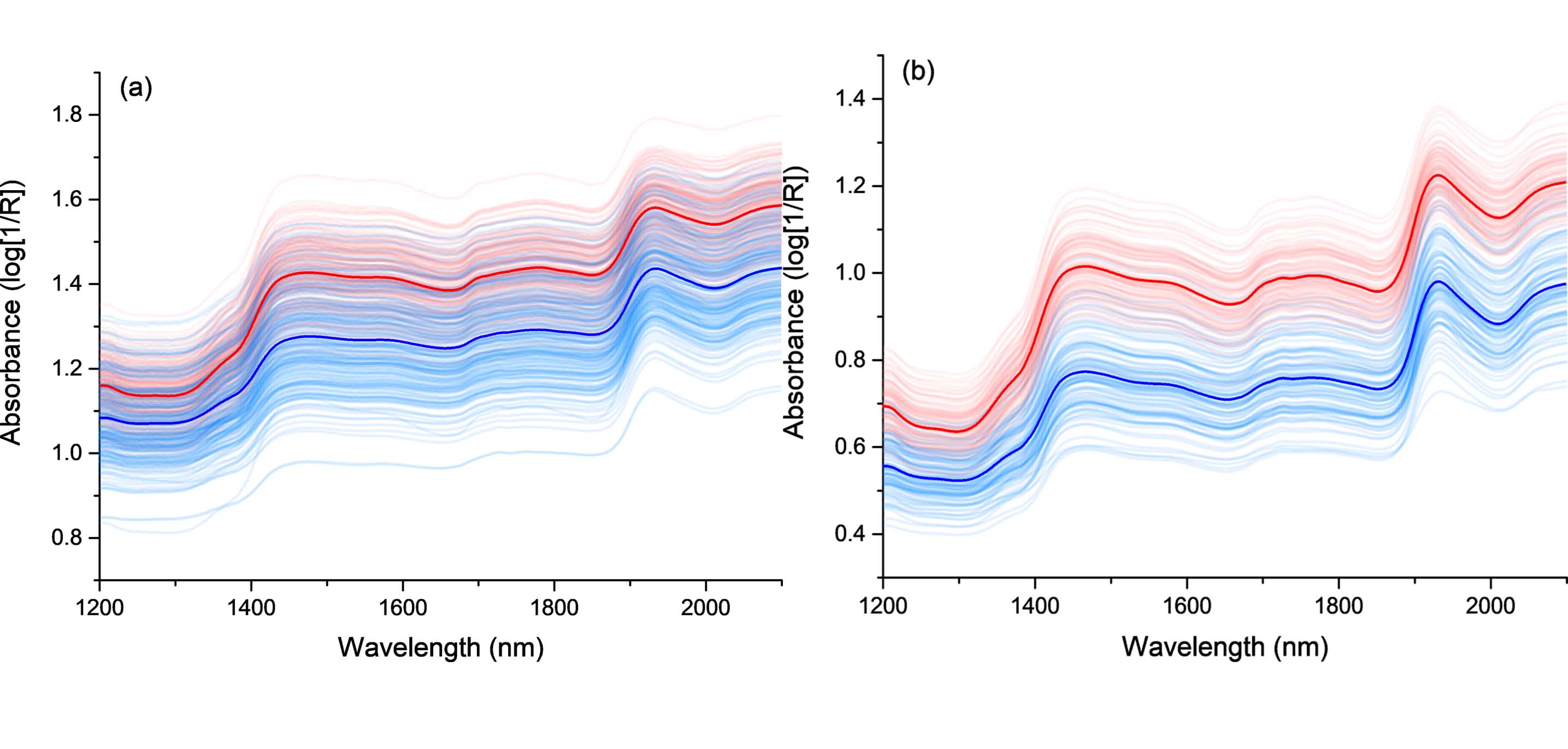
A research team from the Hefei Institutes of Physical Science (HFIPS) of the Chinese Academy of Sciences (CAS) has recently developed a new algorithm for near-infrared spectroscopy technology to improve the transfer efficiency of near-infrared qualitative analysis models between instruments. Related results were published in Infrared Physics & Technology.
Near-infrared spectroscopy (NIRS) is a rapid and non-destructive detection technology. Calibration models are the key to NIRS analysis, and the accuracy of the models transfer between instruments determines the effectiveness of the popularization and application of this technology. In order to ensure that the predictive performance of the models is not affected when transferred between instruments, new calibration algorithms and techniques need to be continuously developed. In previous studies, researchers mainly focused on the transfer of NIR quantitative models, but less on the transfer of qualitative models.
To solve this problem, the team comparatively studied various transfer algorithms with the NIR identification of unsound kernels in wheat and maize kernels as examples, aiming to optimize the performance of NIR qualitative models during the transfer of different instruments and improve the robustness of NIR prediction.
The research team proposed a wavelength selection method based on correlation analysis (CAWS) in previous study to improve the transfer efficiency of NIR quantitative models by screening stable and consistent wavebands between instruments.
This time, the researchers further improved the CAWS algorithm to make it equally applicable to the qualitative discrimination models.
The results show that the validation Matthews correlation coefficients of the wheat and corn discriminant models optimized by CAWS are 0.718 and 1 respectively, ranking second and first in various algorithm processing conditions, which verifies the effectiveness of the proposed method.
This study proposes an algorithm to improve the transfer efficiency of NIR qualitative models between instruments, which is beneficial to the further popularization and application of NIRS.
This study was supported by the National Natural Science Foundation of China, the Anhui Provincial Key Research and Development Program, and the Anhui Science and Technology Major Project, etc.

Original and average spectra of normal and unsound wheat kernels and corn kernels. (Image by XU Zhuoping)

86-10-68597521 (day)
86-10-68597289 (night)

86-10-68511095 (day)
86-10-68512458 (night)

cas_en@cas.cn

52 Sanlihe Rd., Xicheng District,
Beijing, China (100864)

